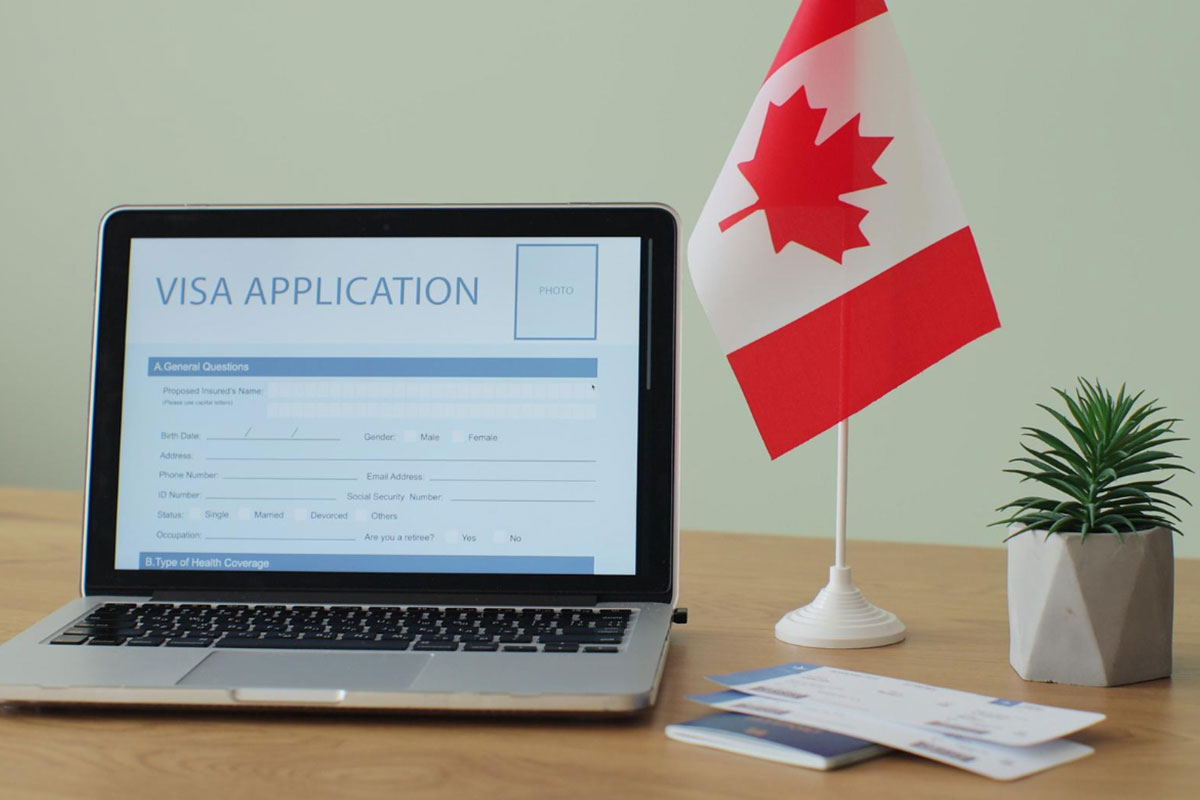
This guide will walk you through how to apply Canadian spousal sponsorship step by step.
Step 1:Understand Canadian Spousal Sponsorship Basics
Step 2: Check Eligibility Before Applying
Sponsor Requirements
- Be a Canadian citizen or permanent resident
- Be 18 years or older
- Live in Canada, or plan to return if applying from abroad
- Not receive social assistance, unless it’s for a disability
- Agree to support your partner for 3 years financially
- Not be in prison, bankrupt, or under a removal order
- Not sponsored a spouse in the last 5 years
Applicant Requirements
- Be at least 18 years old
- Be your legal spouse, common-law, or conjugal partner
- Be admissible to Canada (no serious criminal or medical issues)
- Be in a genuine relationship with you
Step 3: Choose the Right Application Stream
Inland Sponsorship
- For partners already in Canada on a valid status (visitor, student, or worker)
- You must live together while the application is being processed
- Your partner may be eligible for an open work permit
- No right to appeal if the application is refused
- Travel outside Canada during processing is not recommended
Outland Sponsorship
- For partners outside Canada, or in Canada but planning to travel
- The application is processed through the visa office in the applicant’s country
- Travel is allowed during the process
- You can appeal a refusal
- No automatic work or study rights unless separately permitted
Step 4: Gather All Required Documents
Core Forms
- IMM 1344 – Sponsorship Application
- IMM 5532 – Relationship Information
- IMM 0008 – Application for Permanent Residence
- IMM 5406 – Additional Family Information
- IMM 5669 – Background Declaration
- Any country-specific forms, if applicable
Proof of Relationship
- Marriage certificate (if married)
- Photos of you together over time
- Joint leases, utility bills, or bank statements
- Communication logs, travel history, or support records
Personal Documents
- Valid passports (biographic page)
- Birth certificates
- Proof of Canadian citizenship or PR (for the sponsor)
- Divorce or death certificates if either party was previously married
Police Certificates
Medical Exam
Step 5: Complete the Application Forms Accurately
What to Watch For
- Don’t leave blank fields — use “N/A” if something doesn’t apply
- Be consistent — dates, names, and details must match across all forms and documents
- Use the latest forms — always download them directly from the IRCC website
- Validate PDF forms — this creates the required barcodes
- Sign all required fields — missed signatures are a top reason for rejection
Reminder on Forms
Step 6: Pay the Government Fees
Current Fees (CAD)
| Fee Type | Amount |
|---|---|
| Sponsorship fee | $85 |
| Principal applicant processing fee | $545 |
| Right of permanent residence fee | $575 |
| Biometrics (per person) | $85 |
Tips:
- Pay all fees at once to avoid delays
- Include a copy of the payment receipt in your submission
- Pay the RPRF upfront if possible — it speeds up the final stage
- Double-check that the receipt includes the sponsor’s name and transaction number
Step 7: Submit the Application via the IRCC Online Portal
Steps to Submit:
Create an IRCC account
Use an email address you check often.Upload your documents
Include all forms, proof of relationship, police certificates, and your payment receipt. Follow the portal’s upload instructions carefully.Review before submitting
Double-check everything. Incomplete applications are returned without processing.Submit the application
After submission, you’ll get a confirmation screen and email.Wait for Acknowledgement of Receipt (AOR)
This confirms that your application passed the initial check and is now in the processing queue.
Step 8: What Happens After Submission
1. Acknowledgement of Receipt (AOR)
2. Biometrics Request
- Must be done within 30 days at an approved collection centre.
3. Medical Exam Request
- Only use a panel physician approved by the IRCC.
- Results are sent directly to IRCC.
4. Additional Document Requests
- Always respond by the deadline (usually 30 days)
- Upload through the IRCC portal as directed
Step 9: Track Your Application Status
1. IRCC Online Portal
2. Email Notifications
3. Application Status Tracker
- Your application number
- Your personal information (as submitted)
4. Check Processing Times
Step 10: Decision and Next Steps
If Approved
- A Confirmation of Permanent Residence (COPR)
- Instructions to either land at a port of entry or complete the process online
- A PR card by mail after landing
If you applied through the Inland stream and your partner received an open work permit, it remains valid until their PR card arrives.
If More Information Is Needed
- Additional documents
- Updated forms
- More proof of the relationship
If Refused
- Outland applicants can file an appeal.
- Inland applicants must submit a new application.
- Before reapplying, it’s a good idea to review the refusal with a licensed immigration consultant.

